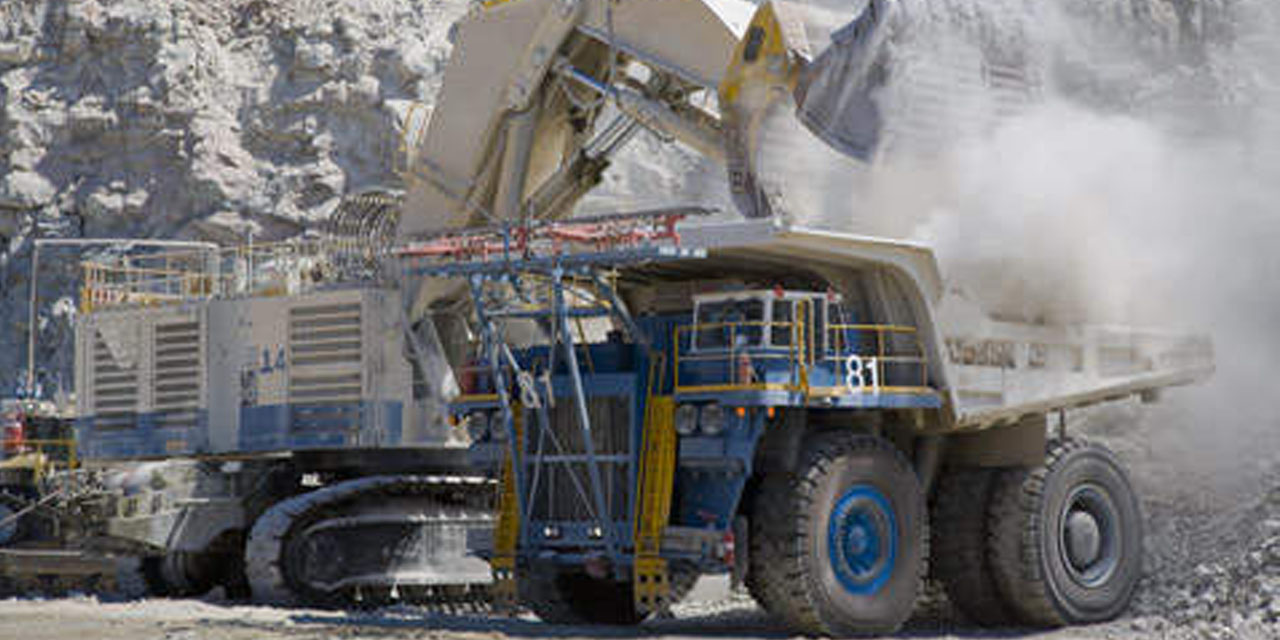Allexer Namundjembo
As rains continue to cause destruction in large parts of the country, flooding roads and damaging infrastructure, two of the country’s major open-pit uranium mines, HUSAB and Rössing, have remained largely unaffected.
Irvinne Simataa, the Executive Vice President of HUSAB Mine, said the mine experienced minimal impacts.
According to him, the effects were no different from the usual weather challenges.
“There are no significant impacts on our operations. Our mine has always been resilient in responding to the challenges posed by the weather,” he said.
Simataa added that the mine’s infrastructure, including a well-constructed bridge over major river flows, ensured that operations continued without interruption.
“We do not experience negative impacts on our operations from large volumes of water. The river flows into the ocean without affecting our operations,” Simataa added.
At Rössing Uranium, corporate communication manager Daylight Ekandjo said the mine’s roads and infrastructure had not been affected.
“We are operating as usual and only stop mining when the ramps in the pit become too slippery, making it unsafe to drive the large haul trucks,” Ekandjo said.
This contrasts with the situation at Paladin Energy’s Langer Heinrich Mine, where operations were temporarily halted last month due to heavy rainfall.
The company cited transport delays, restricted crusher feed, and water accumulation at the processing plant. Paladin no longer expects to reach its 2025 uranium production target of six million pounds.
Paladin said it expects production to stabilise in the second half of 2025 through ore blends from open-pit sources.
International reports have highlighted growing interest in uranium supply from Namibia.
Last week, Canadian publication The Deep Dive reported that analysts are monitoring the three major uranium mines in Namibia that produced around 20 million pounds of uranium as of the third quarter of 2024.
The publication noted that weather-related disruptions have triggered debate on whether global uranium supply will tighten or potentially overshoot if production rebounds quickly once conditions improve.
“The developments in Namibia have already compelled analysts to reevaluate their global uranium supply outlook. For nations relying on nuclear energy, the performance of these mines will be a key factor in determining whether the market tightens or loosens in the months ahead,” it reported.




